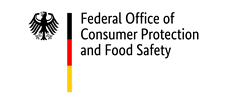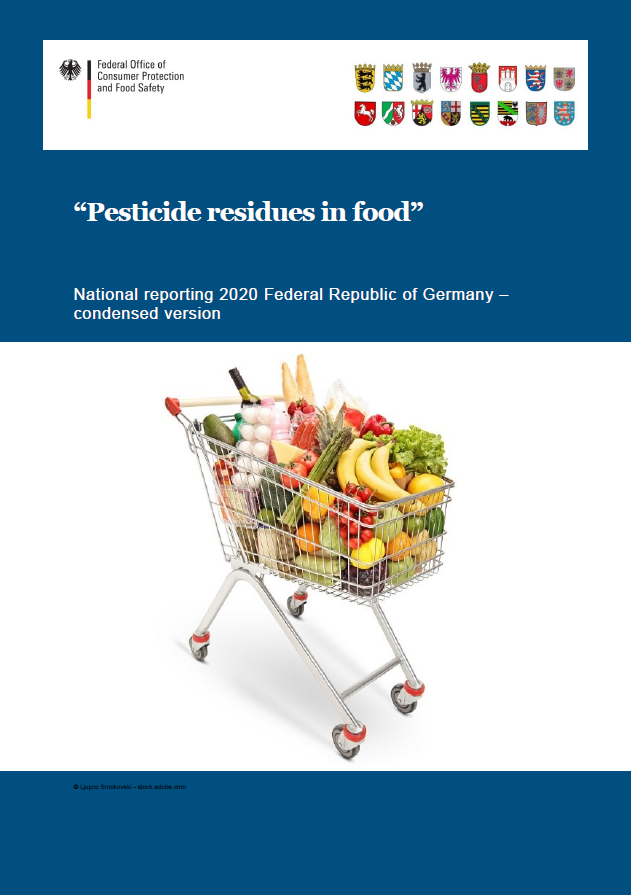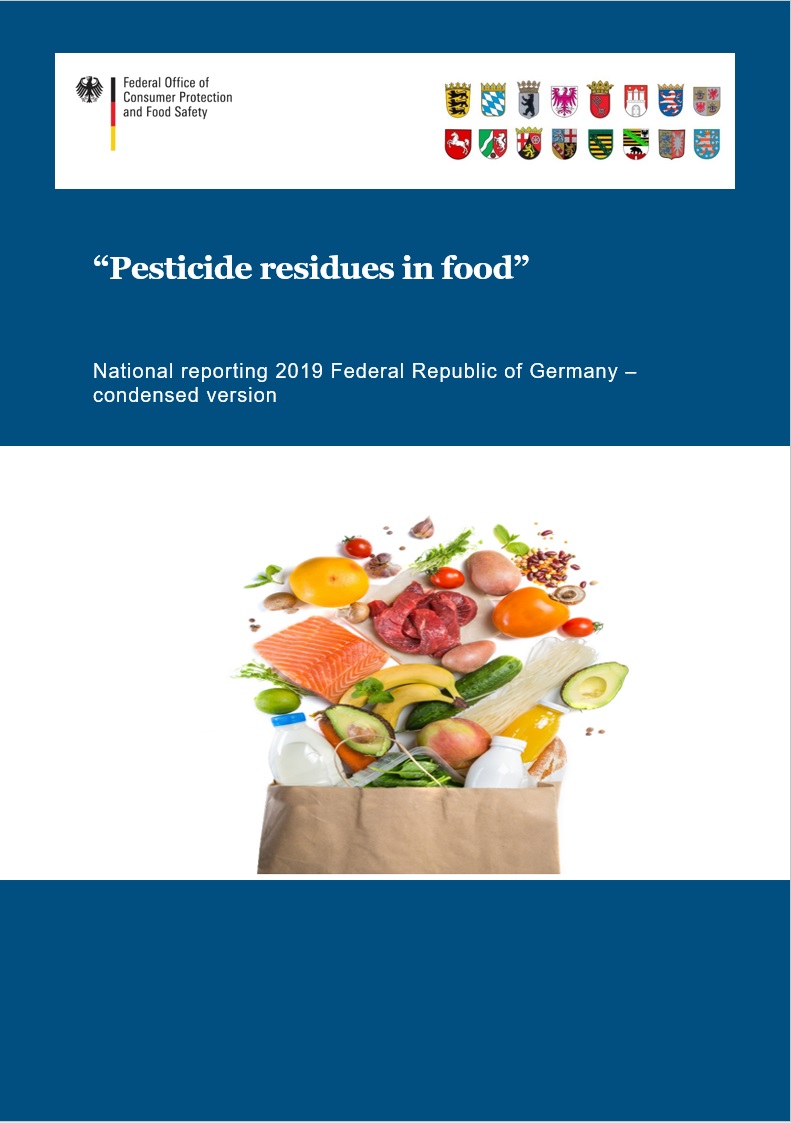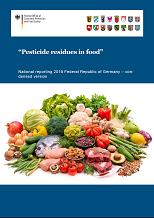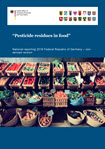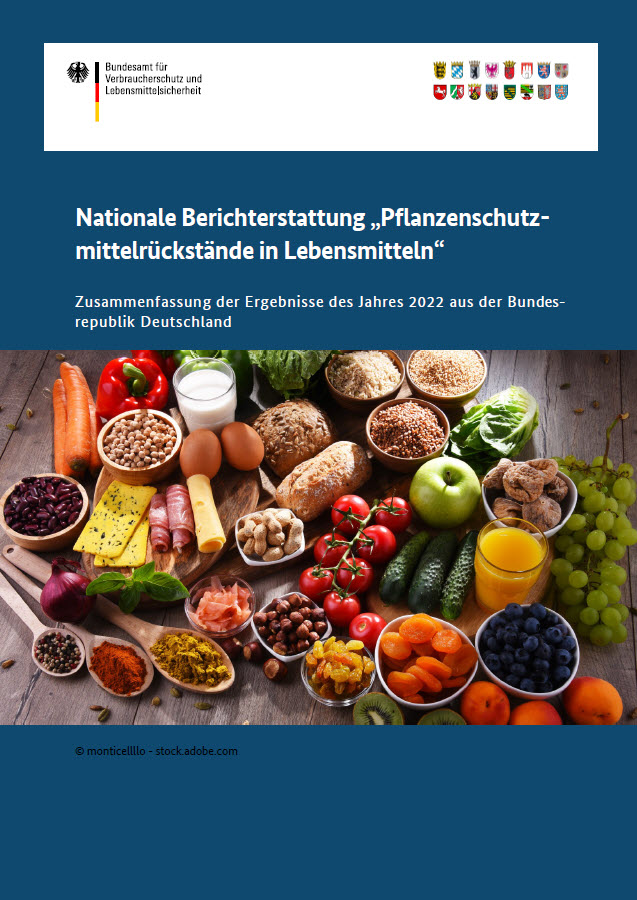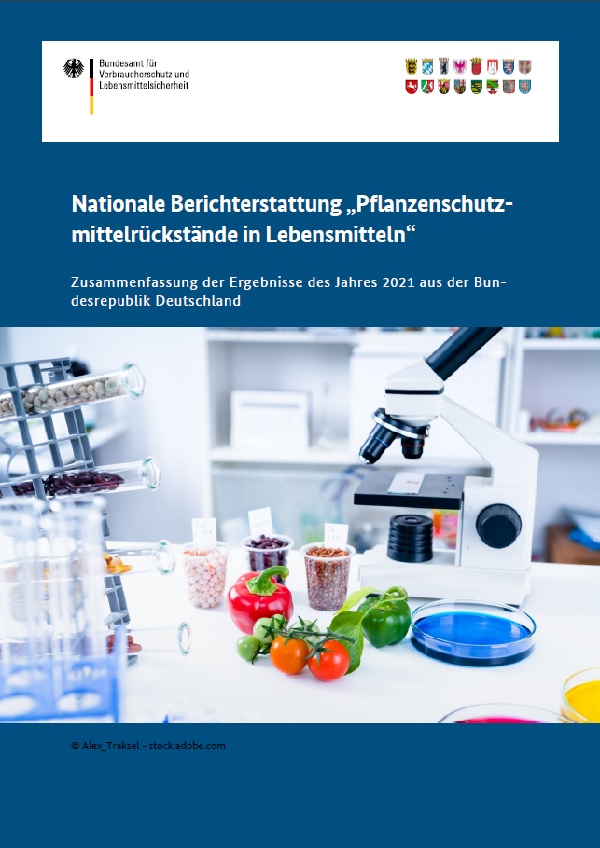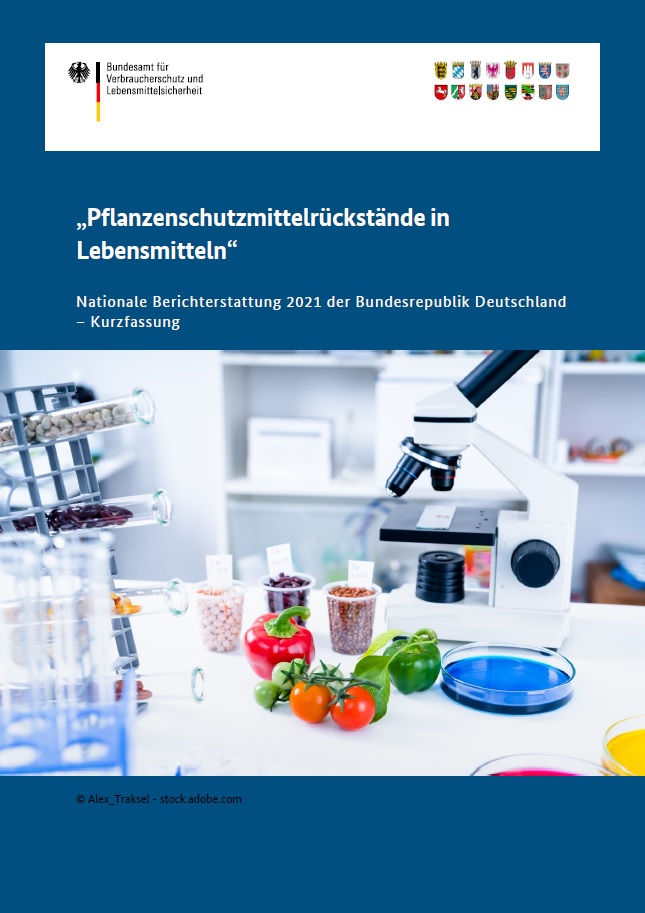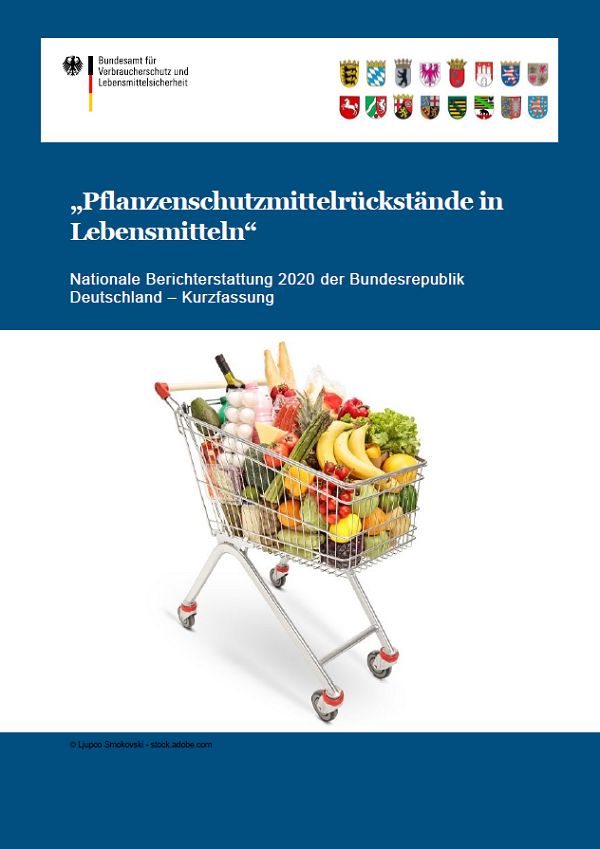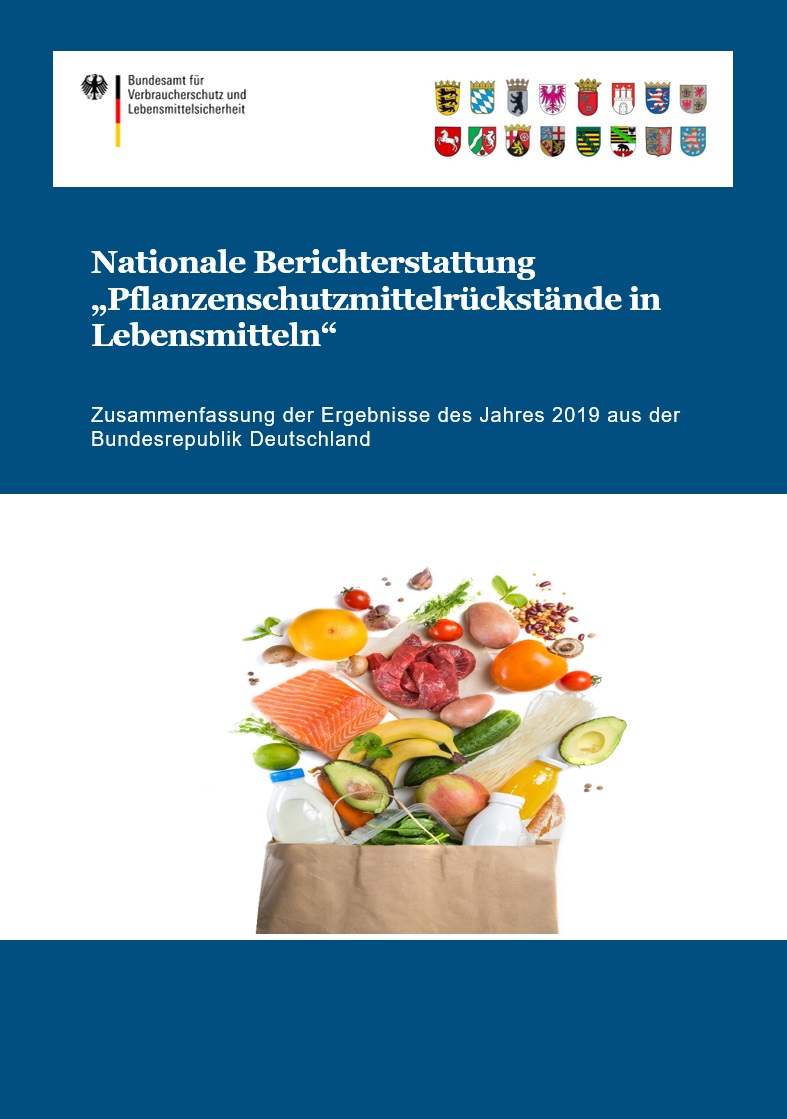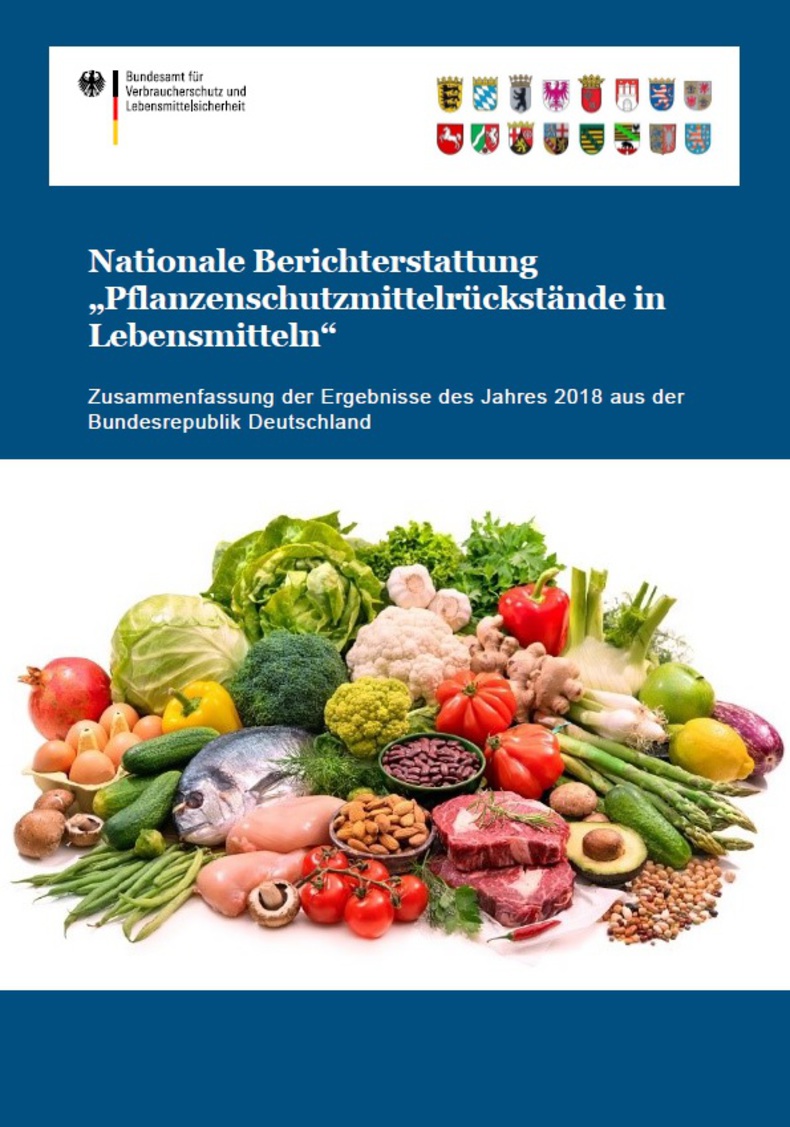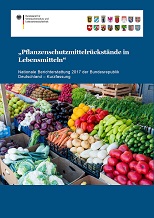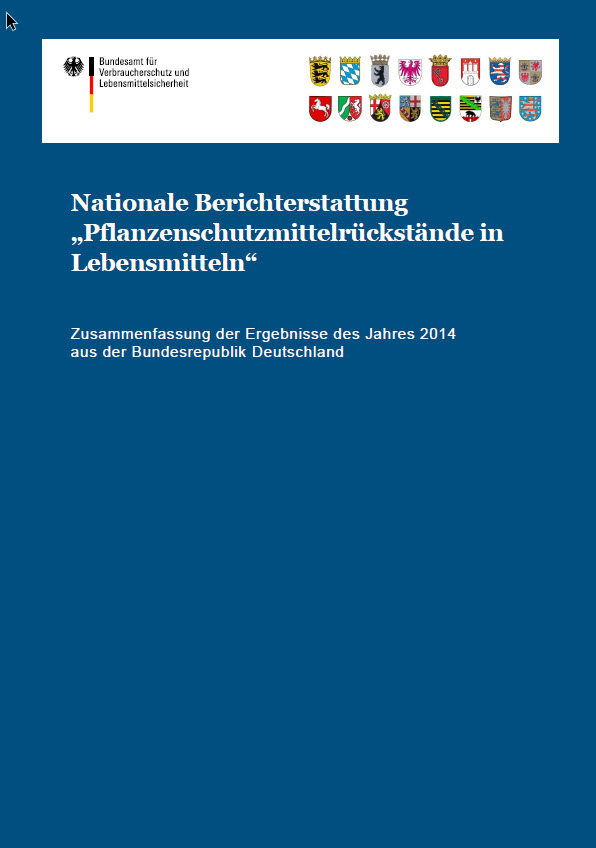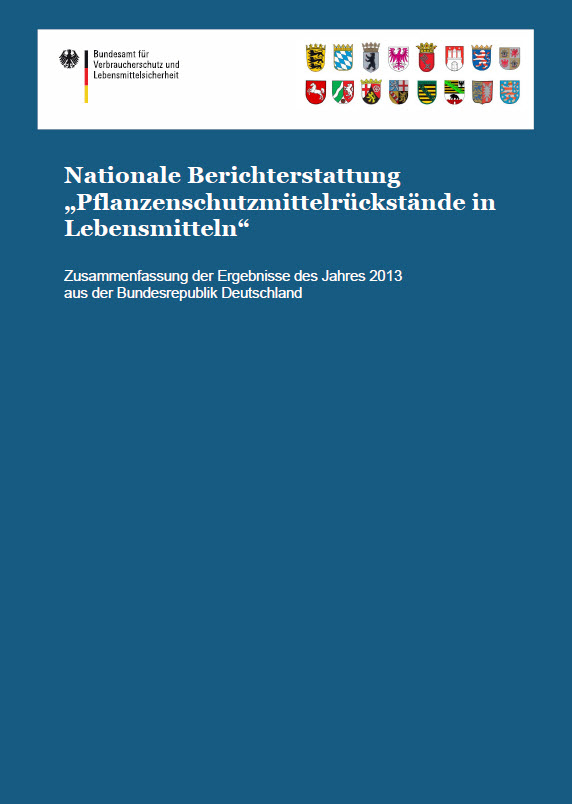Control programmes, evaluation and reports on plant protection product residues in foodstuffs
- Data basis
- Coordinated Control Programme of the community
- National Monitoring Plan “Plant protection residues in or on foodstuffs”
- Annual assessments and reports / National reporting
- Quarterly assessments
- Quality assurance
Residues in foodstuffs cannot be ruled out even when plant protection products are used properly. Accordingly, compliance with the applicable maximum residue levels is controlled under official food control by the federal states in order to protect the consumer from possible health risks.
Data basis
The data from official food control in the federal states is used by the BVL as the basis for evaluation and reporting. Essentially, two different approaches can be distinguished with regard to sampling. Monitoring samples are samples for determining consumer exposure. They are drawn representatively, in accordance with sampling plans set each year, and take into account biostatistical aspects. In contrast, the surveillance samples are used to check compliance with the legal maximum residue levels. In this case, the sampling is risk-orientated, which means that foodstuffs which were previously suspected are controlled more often and with a higher number of samples. As a result, the surveillance findings obtained are also not representative for the sum of foodstuffs found on the market. The same also applies to follow-up, suspicion and complaint samples.
Due to taking into account analytical measurement uncertainties, exceeding a legal maximum residue level in Germany leads only to a complaint when a defined spread of results lies above this value. However, within the data transfer to the European Food Safety Authority (EFSA) or to the European Commission, as well in the respective evaluations and reports, all measured values which lie above the maximum level for residues are already classified as exceeding of the limit.
Coordinated Control Programme of the community
In accordance with Article 29 of Regulation (EC) No 396/2005 on maximum residue levels of pesticides in or on food and feed of plant and animal origin, the European Commission prepares a coordinated multiannual Community control programme identifying specific details about samples to be included in the national control programmes of the Members States.
These samples should aid, on the one hand, checking compliance with the applicable legal provisions, specifically the maximum residue levels set in Regulation (EC) No 396/2005, and, on the other hand, determining consumer exposure to residues of plant protection products. The coordinated control programme is always drawn up for three years, updated every year and published in the form of a Regulation. It is implemented in Germany as part of the monitoring.
National Monitoring Plan “Plant protection residues in or on foodstuffs”
The Member States of the EU set multiannual national programmes for the monitoring of pesticide residues in accordance with Article 30 of Regulation (EC) No 396/2005 on maximum residue levels of pesticides in or on food and feed of plant and animal origin. These are to be risk-orientated and drawn up taking into consideration the rules of the Community Coordinated Control Programme and are particularly aimed at the evaluation of consumer exposure and compliance with the applicable legal provisions.
This must take into account the rules of Regulation (EC) No 882/2004 on official controls implemented to ensure verification of compliance with feed and food law, animal health and animal welfare rules regarding the implementation of official controls at all stages of production and import controls. The programmes, which are to be updated each year, are to be submitted to the European Commission.
In order to fulfil all these rules, the control plan “Plant protection product residues in or on foodstuffs in accordance with Regulation (EC) No 396/2005” was jointly developed in Germany by the federal government and federal states. This enables coordinated implementation as part of the monitoring (consumer exposure) and risk-orientated official food control (compliance with legal provisions). The monitoring plan provides for a three-year cycle for the national multiannual programme which is to be drawn up, including the standard annual updating.
Annual assessments and reports / National reporting
Up to and including 2008, the reporting requirements of Germany to the European Commission on the results of the official controls of food monitoring were fulfilled in accordance with the following guidelines and are published annually as a summary in the form of the “National Report on Plant Protection Product Residues” report.
- Council Directive 76/895/EEC relating to the fixing of maximum levels for pesticide residues in and on fruit and vegetables
- Council Directive 86/362/EEC relating to the fixing of maximum levels for pesticide residues in and on cereal
- Council Directive 86/363/EEC relating to the fixing of maximum levels for pesticide residues in and on foodstuffs of animal origin
- Council Directive 90/642/EEC relating to the fixing of maximum levels for pesticide residues in and on certain products of plant origin, including fruit and vegetables
The four guidelines mentioned above were abolished with the coming into force of Regulation (EC) No 396/2005 on maximum residue levels of pesticides in or on food and feed of plant and animal origin. Accordingly, the reporting on plant protection product residues will no longer be as described.
In accordance with Regulation (EC) No 396/2005, since 2009 all the data from the official food control of the federal states, including the results of the monitoring, is communicated directly by the BVL to the European Food Safety Authority (EFSA) in the form of single datasets. Based on the data from all EU Member States, EFSA creates an annual report on pesticide residues and makes the appropriate information available to the European Commission and the Member States.
The BVL also carries out an annual evaluation of the data on pesticide residues in foodstuffs, independently of EFSA, and publishes the findings in the form of the report “National Report on Plant Protection Product Residues in Foodstuffs” as well as the related tables in the internet. Further information about this can be found on the right-hand side.
Quarterly assessments
In order to achieve a high level of timeliness and transparency and to be able to react promptly to possible abnormalities, since 2009, the BVL has carried out quarterly evaluations of the data on plant protection product residues in foodstuffs conveyed by the federal states, in addition to the annual evaluation. These “quarterly assessments” can be found on the right-hand side.
Quality assurance
The procedures for sampling as well as the analytical methods used for the official control of plant protection product residues, including (food) monitoring, must fulfil certain quality criteria. These are defined uniformly for all EU Member States in the following documents from the European Commission.
- Directive 2002/63/EC establishing Community methods of sampling for the official control of pesticide residues in and on products of plant and animal origin
- Guidance document on residue analytical methods (SANCO/825/2000)
- Method validation and quality control procedures for pesticide residues analysis in food and feed (SANCO/2007/3131) and (SANCO/10684/2009)
In Germany all official laboratories of the federal states which convey data on the plant protection product residue levels in food to the BVL are accredited by the German accreditation body DAkkS. They regularly participate in quality assurance programmes, such as collaborative trials and interlaboratory studies.
